11 Facts You Didn't Know About Non-Alcoholic Wines
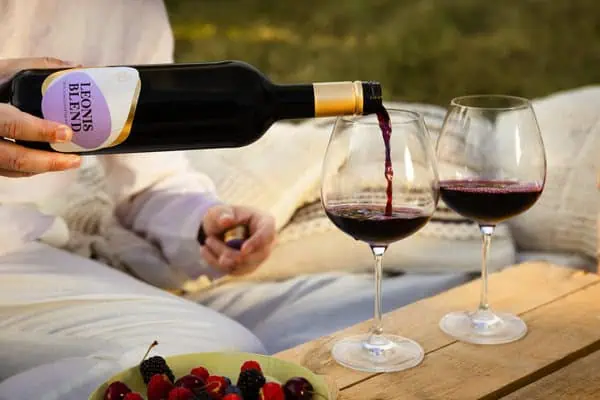
In the intoxication of the upswing
Lewis Hamilton is doing it. Jennifer Lopez is doing it. Kylie Minogue has long since done it. And the global luxury goods industry leader Moët Hennessy has recently acquired a taste for it. We’re talking about offering and producing high-quality non-alcoholic options for adults—complex beverages beyond standard juices and soft drinks.
Especially during Dry January—a trend that originated in Great Britain—many people are turning exclusively to non-alcoholic beverages and abstaining from alcohol for an entire month. While this January custom is growing worldwide year after year, and is also becoming increasingly popular in Austria, there is also a general surge in demand for non-alcoholic adult beverages.
The need for wellness, health, and fitness is increasing, leading to a conscious and reduced consumption of alcohol or even—as is often the case among the younger generation—a completely alcohol-free lifestyle. At the same time, the range of high-quality beverage options is also constantly expanding, so there is something for every taste and the alcohol-free lifestyle no longer brings with it the bitter aftertaste of deprivation. For example America’s first alcohol-free beverage store, Spirited Away, already has over 224 non-alcoholic products on the shelves (photo credit: Spirited Away). And the largest store for non-alcoholic adult beverages in Canada, Sobr Market, even offers more than 700 different options. If you look at the situation in this country, you will also notice that, in addition to wine retailers, food retailers in particular are steadily expanding their non-alcoholic wine offerings from month to month, also focusing on premium products. For example, the multi-award-winning Austrian premium non-alcoholic wine brand Zeronimo has been on the shelves of all Billa Plus stores since summer 2024 . This causes growth rates in this area to almost explode.
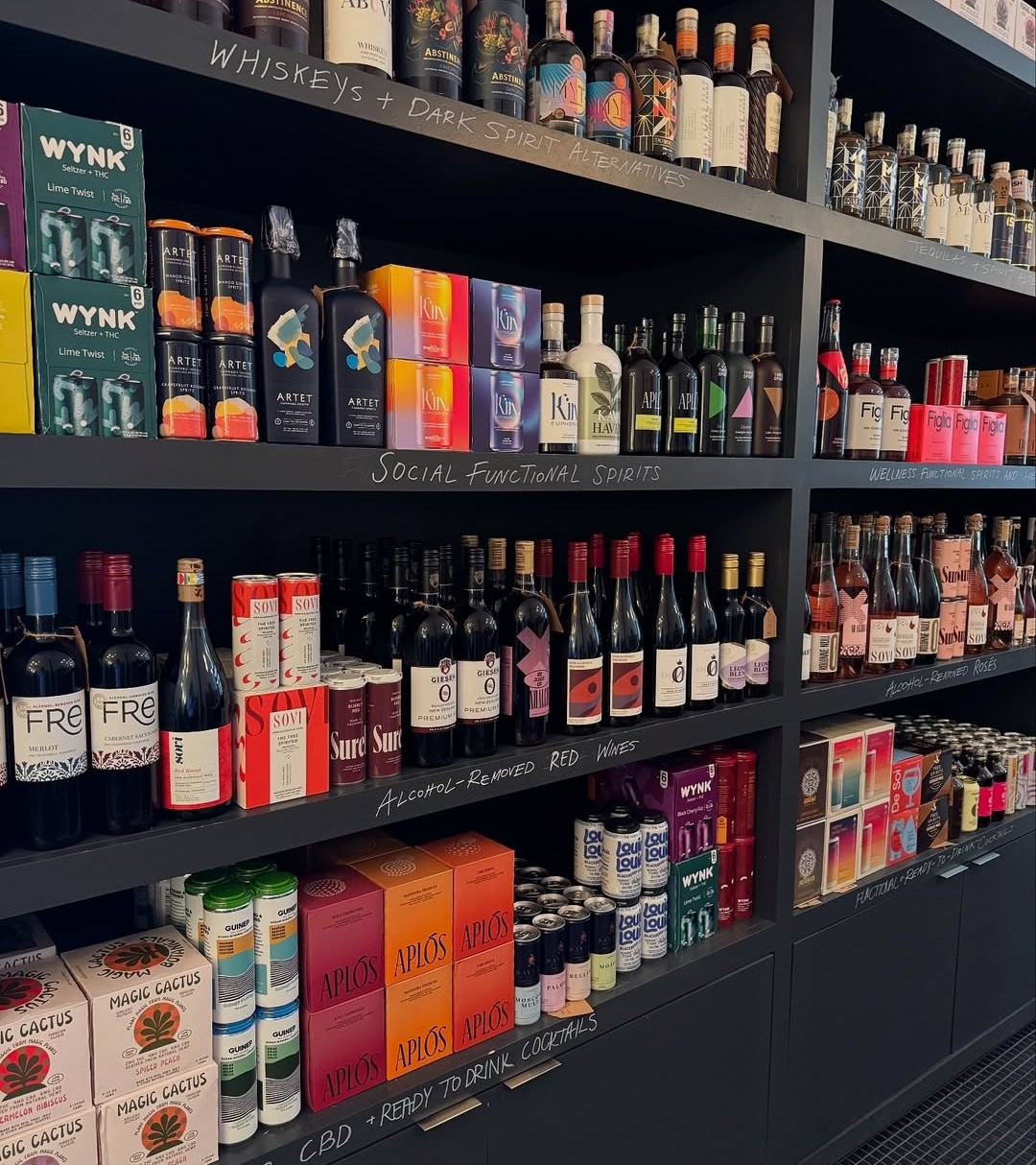
The most important new facts about non-alcoholic wines at a glance
The reasons for the rise of high-quality alcohol-free wines can be traced primarily to the astonishing developments and new insights surrounding the topic over the past 12 months. An Austrian winery is playing a key role in this. We’ll explain now. Before you learn more about the 11 facts, here’s an overview of the latest findings on alcohol-free wines.
#1 The majority of non-alcoholic wine drinkers drink alcohol
#2 Non-alcoholic wines are a separate wine category
#3 Non-alcoholic wines are not all sweet
#4 The glass is crucial
#5 Aroma boost thanks to fine tuning
#6 Be sure to aerate non-alcoholic wines
#7 Non-alcoholic wines are great food companions
#8 Non-alcoholic wines are becoming more and more quality
#9 20-year-old alcohol-free wine shows new possibilities
#10 Non-alcoholic wine must be more expensive than conventional wine
#11 Non-alcoholic red wine contains antioxidants
#1 The majority of non-alcoholic wine drinkers also drink alcohol
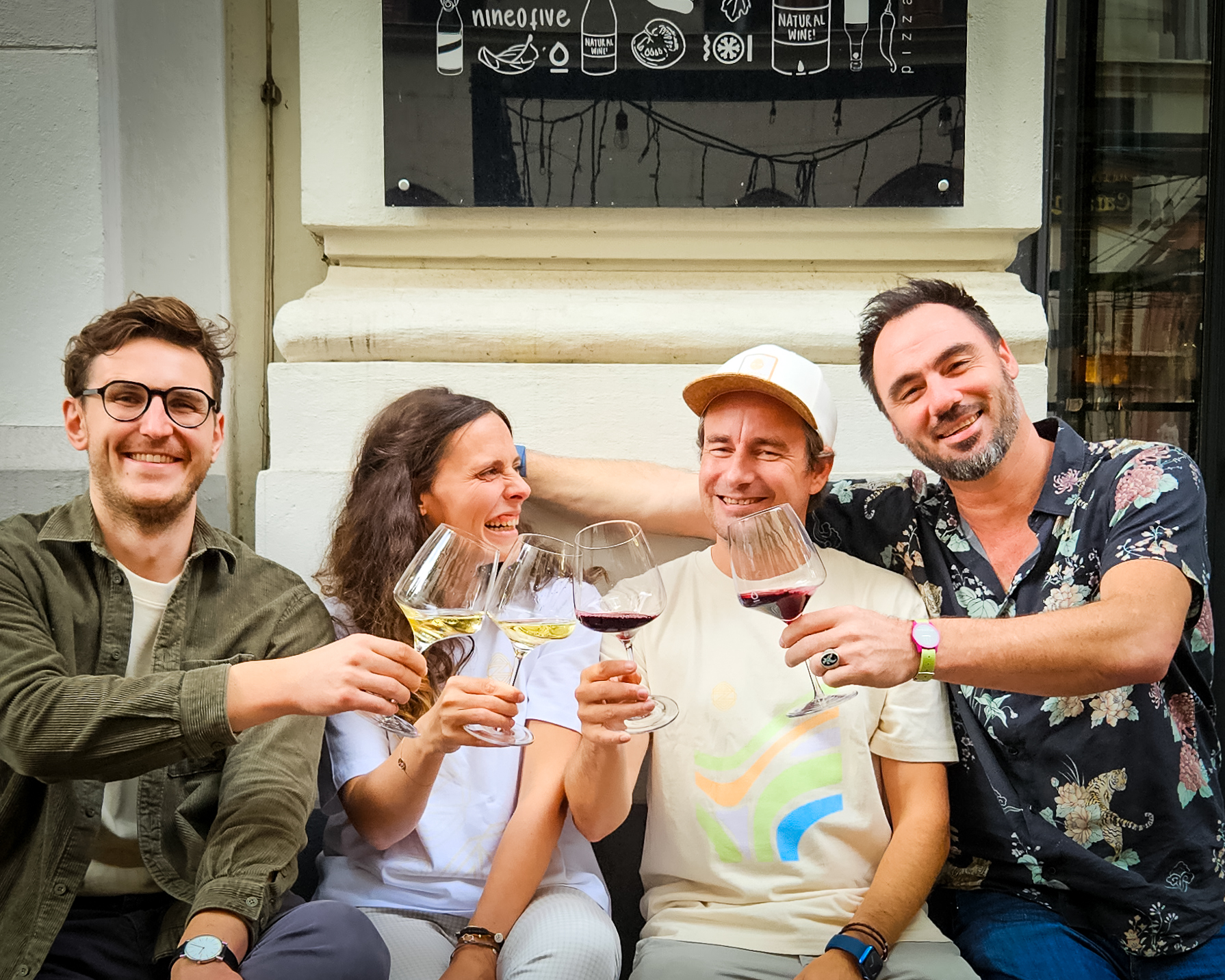
Anyone who thinks that alcohol-free wines are only for pregnant women and those with health problems is seriously mistaken. Because what became clear in 2024 is that alcohol-free wines don’t just serve the niche of the 30% of the population who can’t or don’t want to drink, but everyone, including those who regularly consume alcohol. According to a recent study by Nielsen in America, the mecca of non-alcoholic, high-quality adult beverages, a whopping 93% of all those who regularly consume such beverages also drink alcohol . Similar reports are made by the Heribert Bayer winery in Austria , which is setting new industry standards in 2024 with its alcohol-free premium brand ZERONIMO . According to the winery, over 70% of online shoppers in 2024 bought both wines with and without alcohol. Often, the same wines with and without alcohol were purchased exactly the same. The winery is the only one in the world to offer identical wines with and without alcohol. This now also makes it possible to enjoy reduced-alcohol wine . Contrary to what the cliché might suggest, it is the so-called flexitrinkers who are making this new wine category boom. They consume both, pursue a conscious alcohol consumption and adapt their drinking preferences to their mood, circumstances and circumstances. The reasons are very varied, from a hangover in the morning because they have to work or get up early to a run, a strenuous hike the next day or the fact that they have to drive. In any case, flexitrinkers enjoy the best of both worlds and show that alcohol-free wines are not an either/or decision .
#2 Non-alcoholic wines are a separate wine category
Something that is becoming increasingly clear in 2024, and which ZERONIMO has actively embraced, is that non-alcoholic wines, like orange and natural wines, form a separate wine category. So, it’s not about replacing traditional wines or making the wines taste exactly like them. Rather, the focus is on expanding the wine sector and the fact that everyone now has the opportunity to drink high-quality wine. Above all, the direct comparison of traditional and non-alcoholic wines is not productive, just as you can’t compare an apple to an orange. Accusing non-alcoholic wine of not tasting as full, robust, and full-bodied as conventional wine is completely unfounded. This is also one of the main reasons why a major rethink is often required when enjoying non-alcoholic red wines. The full body, the power, the warming effect, and the long finish are all characteristics that are primarily attributable to alcohol and are somewhat different in non-alcoholic red wines. Anyone who enjoys wine or a non-sweet, aromatic, and complex taste experience, who enjoys trying new things, is curious, and sees non-alcoholic wines for what they are—a wine category in their own right—has a great chance of learning to appreciate this fascinating world just as much as conventional wines. The key here is to try, try, and try again, so that you can familiarize your palate with this new taste and aroma experience and find the style and your favorite grape varieties that suit you.
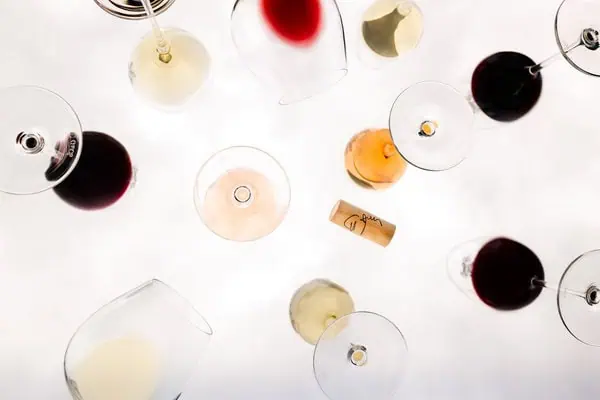
#3 Non-alcoholic wines are not all sweet
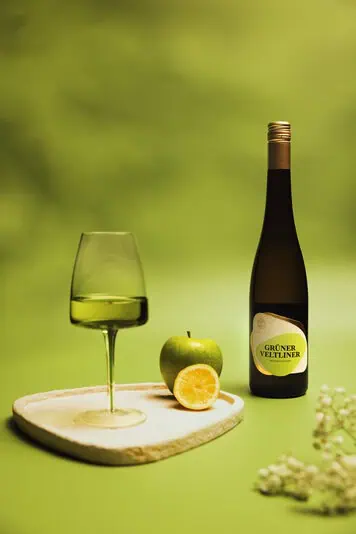
Those of you who tried non-alcoholic wines five or six years ago, when they first began to appear more and more in German-speaking countries, will most likely remember them as very sweet, similar to grape juice. This has changed significantly in the last two years due to the increasing emergence of non-alcoholic premium wines and wineries producing non-alcoholic wines.
There are more and more dry versions, which then lead to the non-alcoholic wine experience also appealing to traditional wine drinkers.
TIP: If you are looking for a wine-like experience with complex aromas, you should look for alcohol-free wines with less than 3.5 g of sugar per 100 ml .
Among the driest dealcoholized wines in the world are Grüner Veltliner , Zweigelt , and Leonis Blend, as well as the Sparkling Select sparkling wine from Zeronimo. The latter was voted the best non-alcoholic sparkling wine by Falstaff , as was Leonis Blend, which the renowned wine magazine Wine Enthusiast named the best non-alcoholic red wine.
The now diverse range of non-alcoholic wines offers something for every taste, from dry to semi-dry and sweet.
#4 The glass is crucial
When it comes to non-alcoholic wines, the topic of glass selection has so far received little attention. However, rumors are to be believed, there will be some changes in this area this year. The choice of glass for non-alcoholic wines is even more important than for classic wines. Non-alcoholic wines are very fragile and, depending on the glass choice, reveal certain accents and characteristics more or less.
Let me give you an example: If you drink the two alcohol-free red wines Zeronimo Leonis Blend or Zeronimo Zweigelt from Zeronimo from a Riedel Performance Burgundy glass or the Double Bend Red glass from Mark Thomas, you emphasize the elegant, fruity, harmonious and delicate notes in the wine. Why is that? The shape of this glass, particularly the shape near the mouth, means that less of the wine reaches the area of the tongue that perceives bitterness and sourness. This makes the wine appear more elegant and harmonious. If you enjoy the same wine from a Riedel Performance Bordeaux glass, the tart, roasted, racy and complex aromas in the wine as well as the agile acidity are much more evident. In other words, you can adapt the taste experience of the alcohol-free wine through the glass to the drinker’s preferences – a nice and important gimmick that really allows the non-alcoholic wine to come into its own.
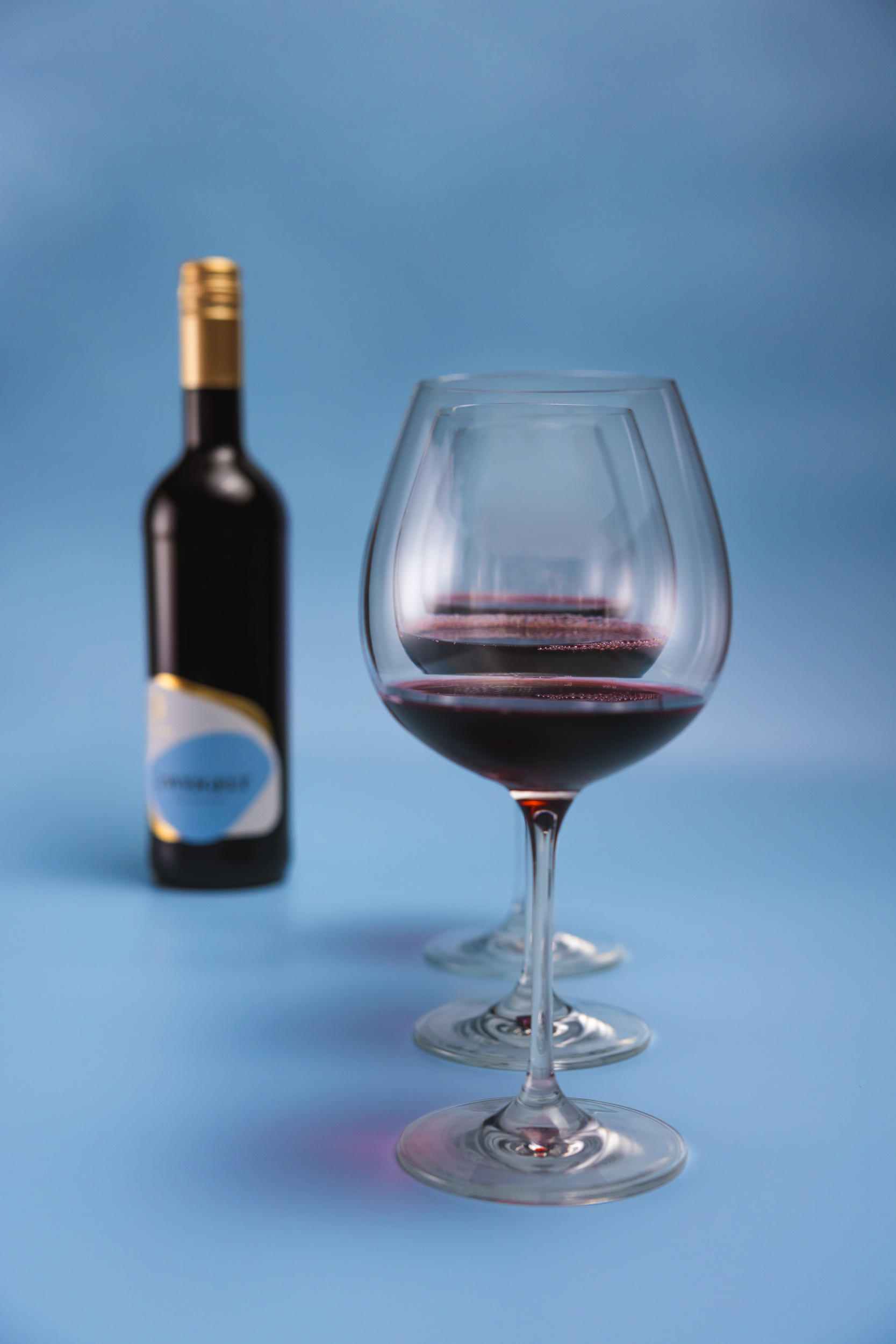
#5 Aroma boost thanks to fine tuning
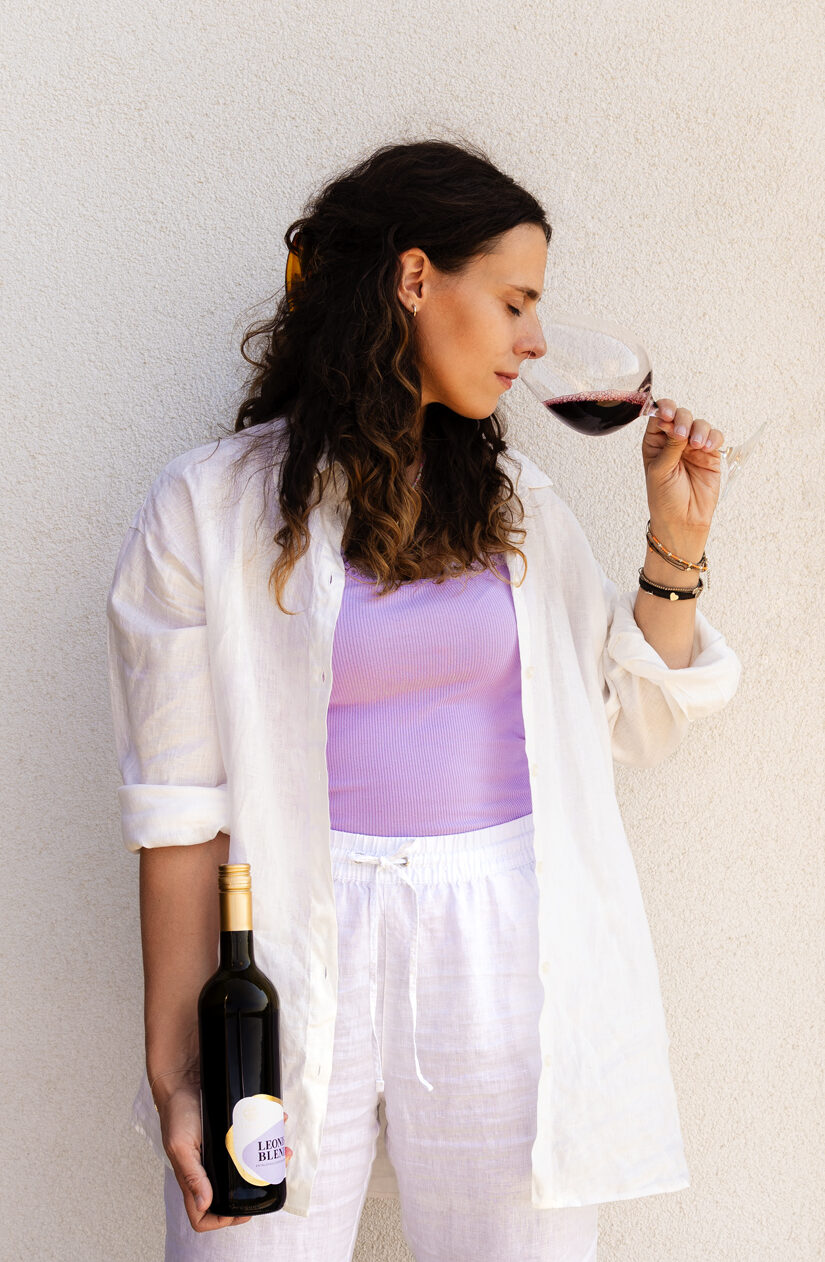
The majority of alcohol-free wines available worldwide are distilled using either vacuum distillation or spinning cone column distillation. The former is the most common method in Europe. The wine is placed under a vacuum. The alcohol evaporates at approximately 27 degrees Celsius. This method itself has existed for over 100 years and was invented by Dr. Carl Jung in Germany. Especially in recent years, there has been considerable progress in fine-tuning the technology. And here, too, Germany continues to be highly recognized worldwide and known for its excellent facilities and methods.
Another very essential part of alcohol-free wines, which often fades into the background and seems more like a minor detail on the sidelines, is aroma recovery. This is the step that involves recapturing the aromas bound in the removed alcohol. The goal is to preserve 100% of the aromas. Many different processes exist here, too. However, aroma recovery is only used in a few non-alcoholic wines available on the market. Such processes are very complex and therefore very expensive. In the case of ZERONIMO , natural aroma recovery takes 3-4 days. For a wine costing less than 10 euros, such recovery is practically impossible from a financial perspective. In addition to greater aromatic density and more complexity, the advantage of such recovery is that these wines usually also delight with a very pleasant nose and do not have any smells of wet cardboard or straw.
TIP: If you’re all about the nose when it comes to wine, you should choose non-alcoholic wines that have aroma recovery.
#6 Be sure to aerate non-alcoholic wines
If you’ve opened a non-alcoholic wine that has the aforementioned wet, strawy smell, decant the wine in a decanter or let the bottle stand open for 30-45 minutes before pouring it into your glass. Many non-alcoholic wines that emit this strawy smell need air and will then only exhibit this odor to a subtle degree.
With high-quality non-alcoholic wines, especially red wines, aeration always makes sense , as it allows the wine to develop enormously—just like a conventional top-quality wine. It’s also exciting to follow the wine’s development and taste it at different times. With non-alcoholic sparkling wine, this becomes more difficult due to the long aeration or decanting. But even here, sparkling wines generally benefit from opening them 5-10 minutes before serving.
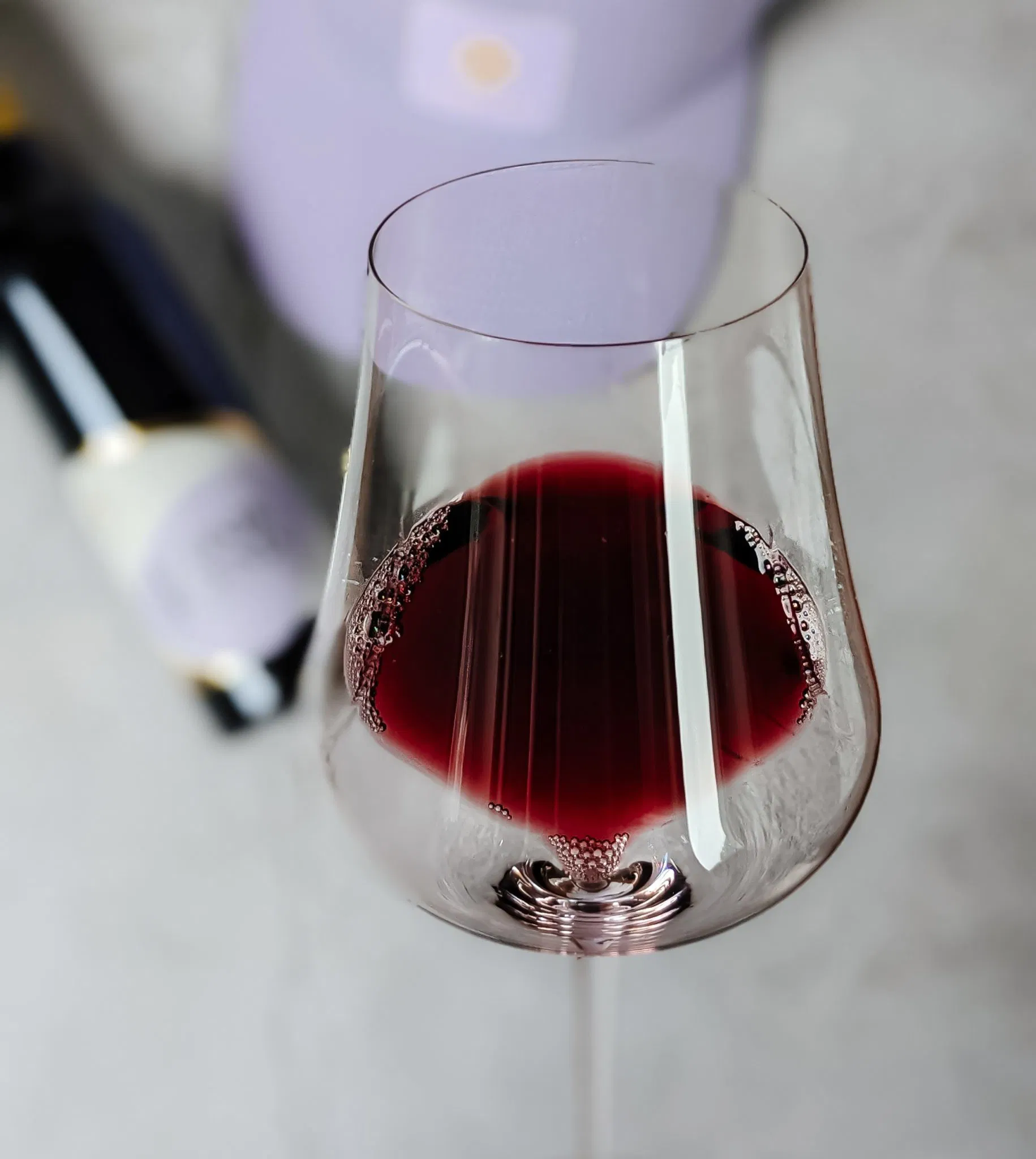
#7 Non-alcoholic wines are great food companions
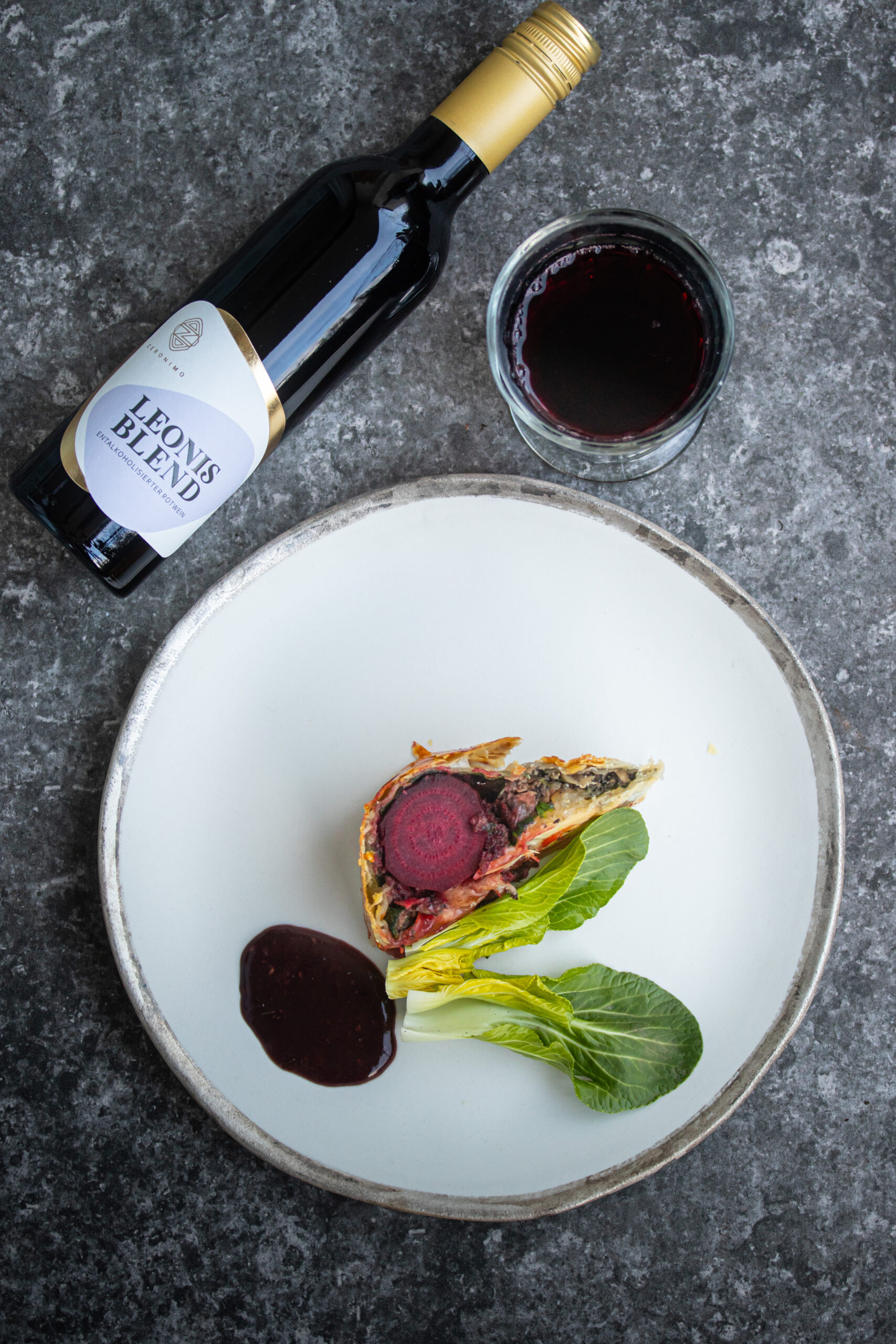
Well-made non-alcoholic wines are not only a pleasure on their own, but above all they make excellent food pairing partners. Their subtle, graceful, and light-bodied nature, coupled with their multifaceted and complex nature, makes them a wonderful complement to dishes. They never compete with the food for supremacy—a wonderful fact that their alcoholic counterparts often don’t. If the dish also contains fatty components and is paired with non-alcoholic wine, the fatty components of the dish become flavor carriers and enhance the flavors in the wine. Just like alcohol, fat carries flavor. When it comes to pairing, however, it’s important to note that the pairing rules familiar from the respective grape varieties for alcoholic wines cannot always be applied 1:1. Rather, it’s advisable to approach the matter from a new perspective. At the end of the article, I’ll share my food pairing lessons learned with the Zeronimo wines . You can find these in the respective wine profiles.
There are already some authors and food bloggers who offer good inspiration and a selection of recipes when pairing non-alcoholic wines and high-quality non-alcoholic drinks with food, such as Oliver Schwarzwald , food photographer, book author and mastermind behind the alcohol-free magazine and blog HighLevelZero , and author Claudia Zaltenbach (photo credit image right) from the blog Dinner at Eight .
#8 Non-alcoholic wines are becoming more and more quality
More and more producers of non-alcoholic wines are focusing on high-quality wines. The Austrian winery Heribert Bayer is leading the way with its Zeronimo wines . It was the first to market a dealcoholized red wine, Zeronimo Leonis Blend , made from a 98-point Falstaff-rated wine called Cuvée In Signo Leonis .
And the quality of the base wine is crucial for dealcoholized wines. Ultimately, you get the “naked truth” in your glass. At the same time, and due to the removed alcohol, the wines are more subtle and delicate, with a medium body. The taste benefits of relying on a high-quality base wine for alcohol-free wines have already spread throughout the wine industry. The segment for alcohol-free premium wines tripled in 2024.

#9 20-year-old alcohol-free wine shows new possibilities
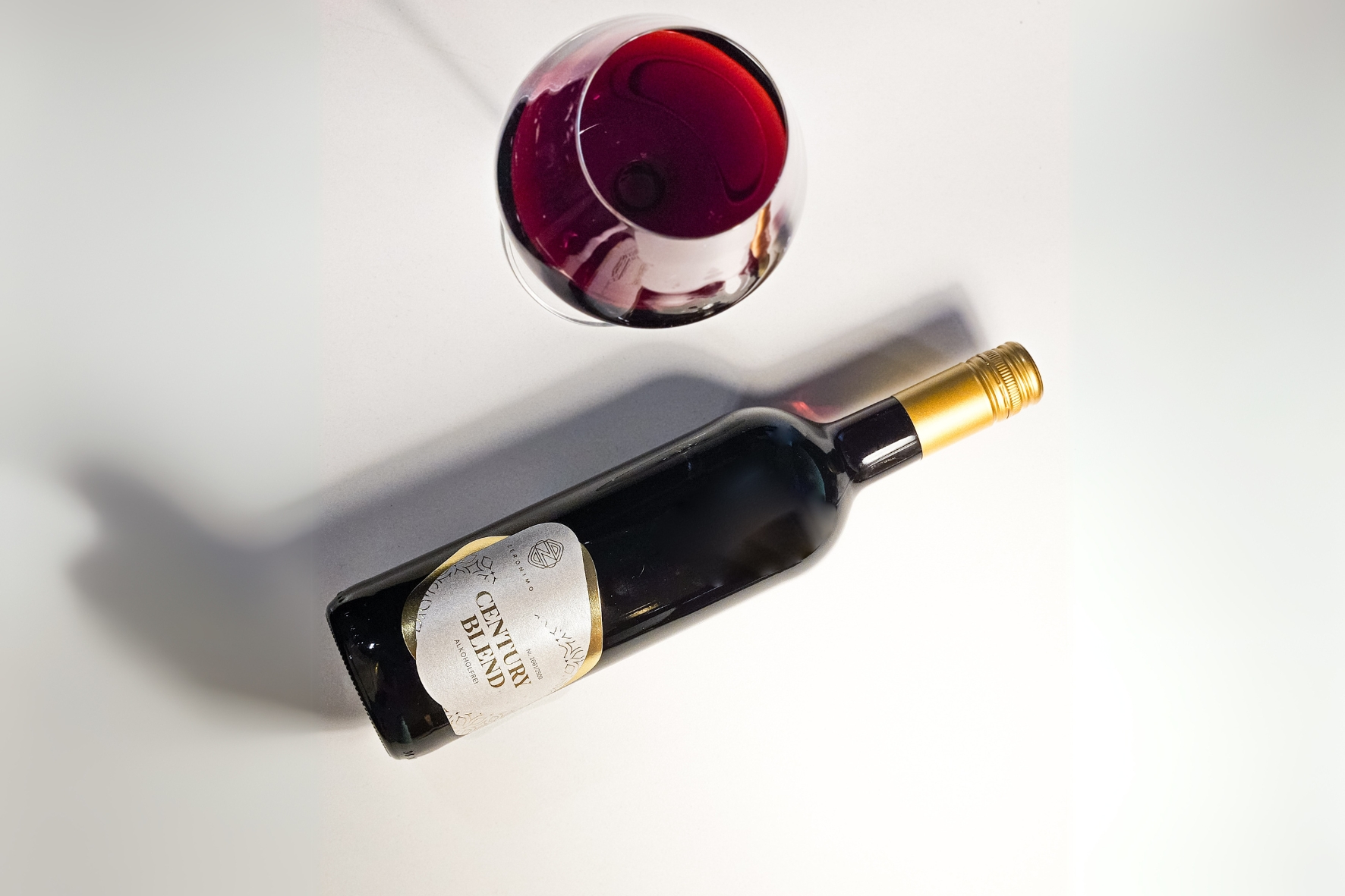
From the first alcohol-free ice wine, alcohol-free Riesling Kabinetts, and the first 98-point wine to be dealcoholized to a 20-year-aged and dealcoholized wine called Zeronimo Century Blend – the boundaries of what’s possible are constantly being explored and redefined in alcohol-free wines. Century Blend, in particular, and its flavor profile, give an idea of the spheres to which it can reach. One thing is certain: the more renowned wineries like Heribert Bayer from Neckenmarkt, Austria, or Weingut Nett from Germany enter the alcohol-free wine sector, the more diverse and high-quality the offerings will become.
#10 Non-alcoholic wine must be more expensive than conventional wine
It is often assumed that alcohol-free wine is cheaper because it contains no alcohol. Appearances can be deceptive, as the reality is quite different. By removing the alcohol, the amount of alcohol-free wine remaining is usually reduced from 100% to around 80-84%. A simple example: 10,000 liters of conventional wine correspond to 8,500 liters of alcohol-free wine. Added to this are the costs for the dealcoholization itself as well as the transport costs. For example, there is still no large dealcoholization plant in Austria, which means that the wines have to be brought to Germany for dealcoholization. If aroma recovery is then carried out on a wine, the price of the alcohol-free wine is approximately 35-40% higher than for its alcoholic counterpart . A high-quality alcohol-free wine, the foundation of which is an Austrian quality wine, as is the case with Zeronimo , cannot in fact cost less than 14 euros for the end consumer.
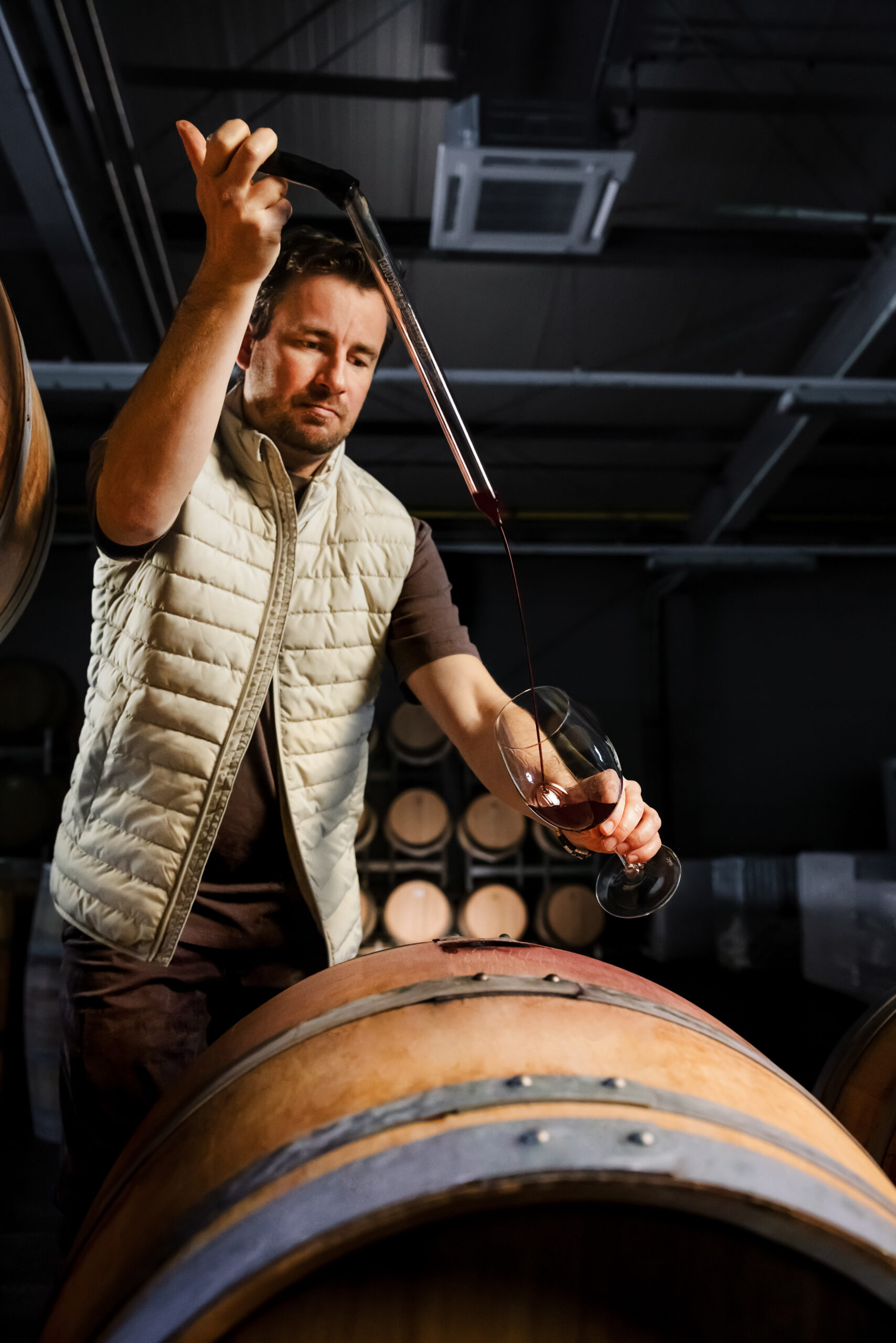
#11 Non-alcoholic red wine contains antioxidants
No, that’s not a joke, it’s actually true. The antioxidant substance in question is resveratrol. It’s even been proven to be present in higher concentrations in Zeronimo ‘s non-alcoholic red wines than in their alcoholic counterparts. It’s considered a miracle substance in the wellness and nutritional supplement industry. If you’d like to know more about resveratrol in non-alcoholic red wine, please read our article on the subject.
It will be interesting to see what new insights will emerge regarding alcohol-free wines in 2025. This new wine category is certainly experiencing its first surge. The trend toward a conscious wine experience will certainly continue to grow, leading to non-alcoholic wines becoming as commonplace as non-alcoholic beer, not only in grocery stores and at well-known wine merchants, but also in all restaurants, hotels, and bars. Then everyone will be included in the celebration and enjoyment. Because that’s what it’s all about!
Explanations:
Differentiation between alcohol-free wines, alcohol-free wine alternatives, and grape juice: When we talk about dealcoholized or alcohol-free wines, this means that the starting product was wine with alcohol. In Austria, these wines are subject to the wine law – the strictest in the world. The addition of additives or other substances, such as juices or flavorings, is prohibited. This is pure wine that has undergone fermentation and whose alcohol has then been removed, for example, through vacuum distillation. In this case, the alcohol escapes under pressure at just 27 degrees Celsius. Classic grape juice is therefore not an alcohol-free wine, because it has not undergone malolactic fermentation. Likewise, proxies made from fermented teas, fruits, herbs, and/or vegetables, or sparkling teas, are not alcohol-free wines. These are referred to as alcohol-free wine alternatives, where the aim is to achieve the complex taste experience of wine through fermentation.
